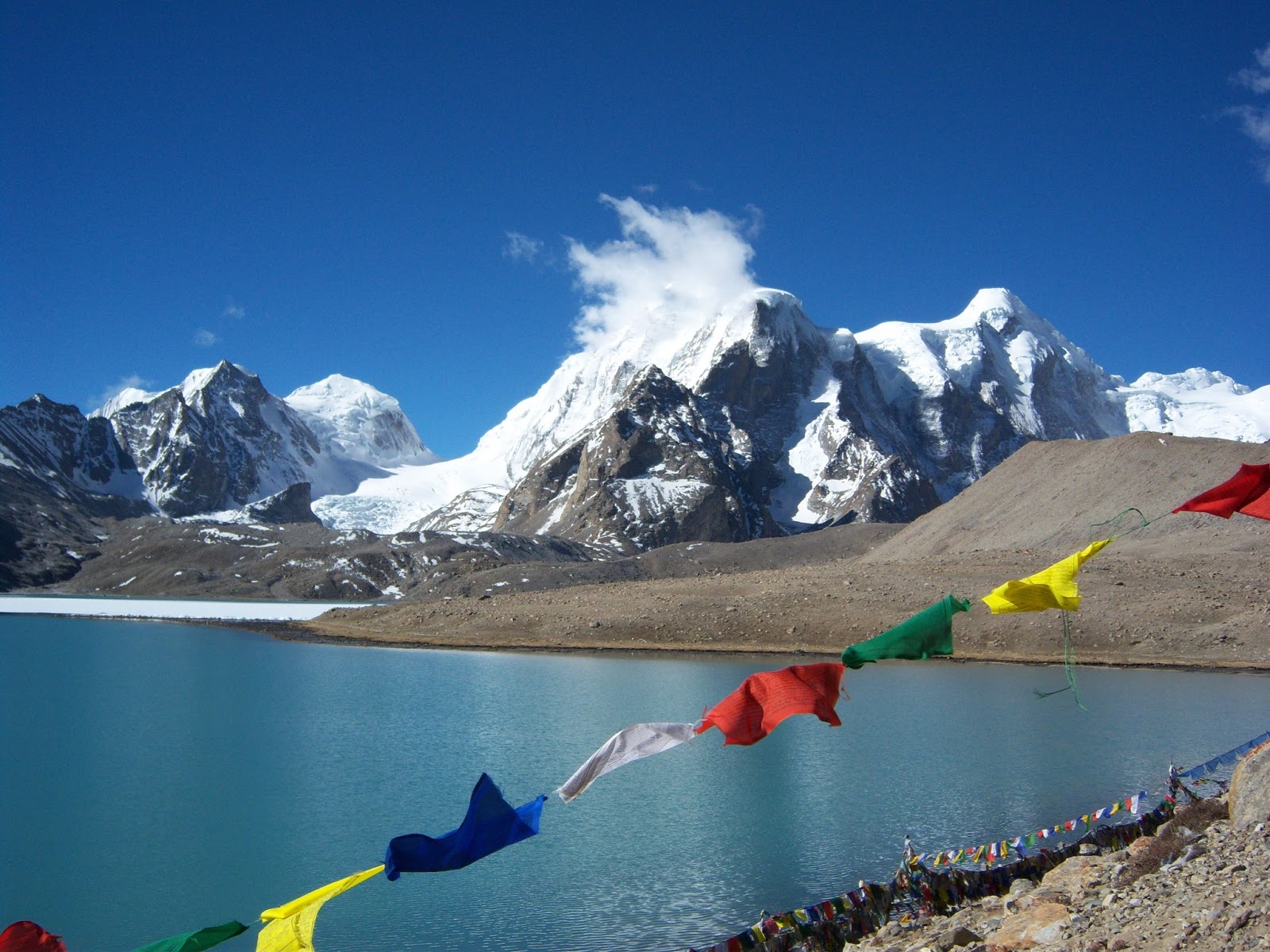Gurudongmar Lake
Gurudongmar Lake, also known as Gurudogmar Lake, is one of the highest lakes in the world, located at an altitude of 17,800 ft (5,430 m) in the Indian state of Sikkim. It is a lake which is considered sacred by Buddhists. The lake is named after Guru Padmasambhava, also known as Guru Rinpoche, founder of… Read More »
